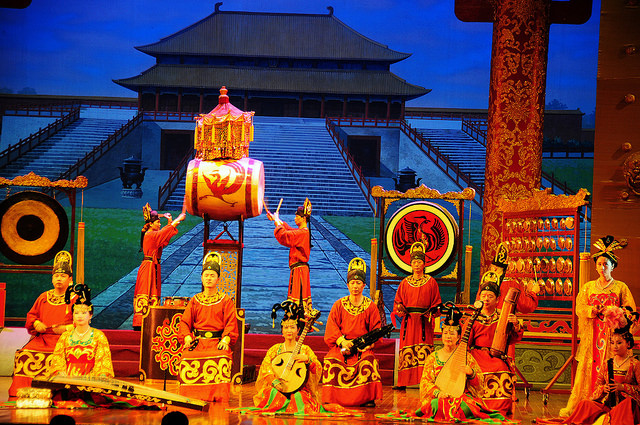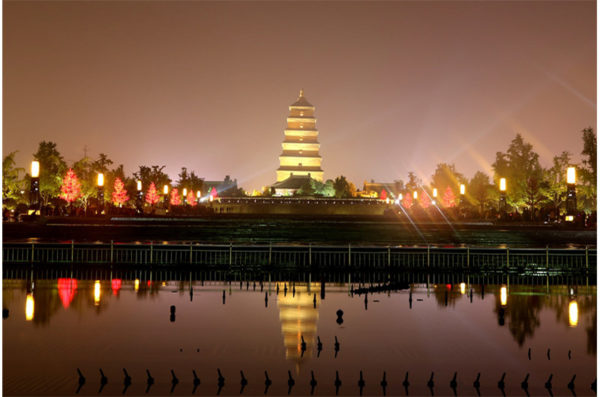Xi’an, anciently known as Chang’an (meaning “eternal peace”), is the capital of Shan’xi Province and the biggest city in the northwest of China.Xi’an has a long history. During its 3,100 years of development, 12 dynasties made their capitals here for over 1,100 years, leaving abundant legacies to the city. It was also the first stop on the Silk Road, linking up the oriental and western civilizations. The saying “In the west, there is Rome, in the east, Chang’an,” best described the position of Xi’an at that time. Nowadays, Xi’an enjoys an equal fame with Athens, Cairo, and Rome as “one of the four major capitals of ancient civilization”.
Attractions in Xi’an
The Terracotta Army Museum
The Terracotta Army figures lie underground for more than 2000 years. In 1974, farmers digging a well uncovered one of the greatest archaeological sites in the world. Standing in the exhibition hall, one would be shocked by such a grand ancient army formation, which will lead you back to the ancient warring situation.In Dec. 1987, the UNESCO ranked the Tomb of the First Emperor (including the Terracotta Army Vaults) into the list of World Cultural Heritages.The museum mainly consists of three vaults: Terracotta Army Pit No 1. Terracotta Army Pit No 2. Terracotta Army Pit No 3 and an Exhibition of the Bronze Chariot.
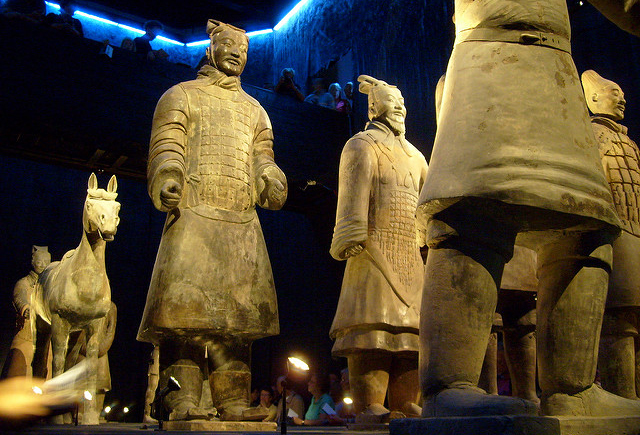
Big Wild Goose Pagoda
Standing in the Da ci'en Temple of a southern suburb of Xi'an, the Big Wild Goose Pagoda is one of the most famous Chinese ancient structures and has been viewed as the landmark of Xi'an.Originally built in 652 AD during the reign of Emperor Gaozong of Tang Dynasty (618-907 AD), it functioned to collect Buddhist materials that were taken from India by the hierarch Xuanzang. The pagoda was thus named because the architectural style was imported from the wild goose pagoda of India.
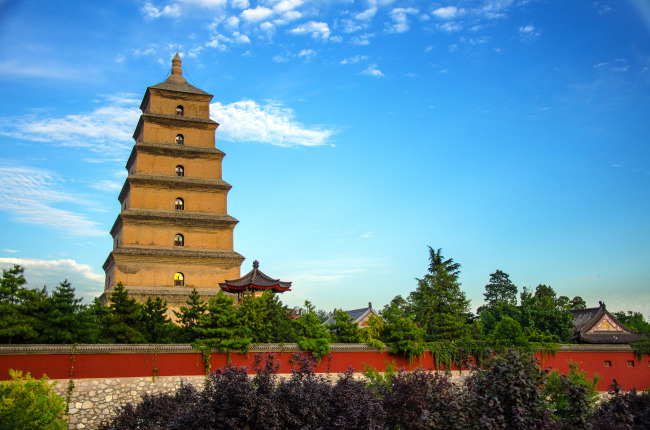
The Bell Tower / Drum Tower
The Bell Tower of Xi'an, built in 1384 during the early Ming Dynasty, is a symbol of the city of Xi'an and one of the grandest of its kind in China. The Bell Tower contains several large bronze-cast bells from the Tang Dynasty. The tower is a brick and timber structure and close to 40 meters high.The Drum Tower of Xi'an, along with the Bell Tower, is also a symbol of the city. Erected in 1380 during the early Ming Dynasty, it stands towering above the city center and offers incredible view of Xi'an.
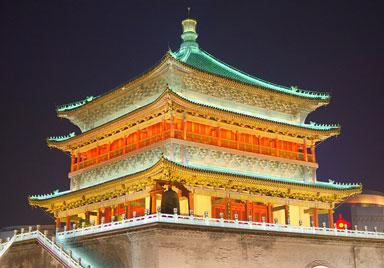
Xi'an City Walls
Xi'an City Wall was erected in the 14th century Ming Dynasty. Even today the wall is considered a landmark dividing the city into the inner part and the outer part. The city wall is massive - tall, long and thick. The South Gate and North Gate are the two main entrances to the inner city. The city itself is neatly arranged along the city wall.The current city wall is an enhancement of the old Tang Dynasty structure, as a result of the emperor's wall building campaign.
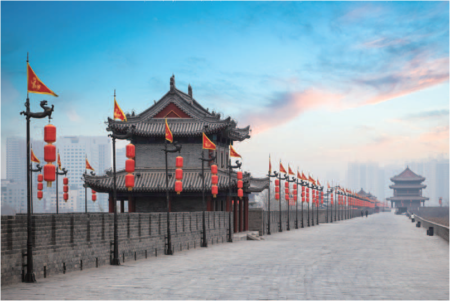
Great Mosque
Since the fourteenth century, the mosque has undergone numerous reconstructions. Most of the buildings extant today are from the Ming and Qing Dynasties of the seventeenth and eighteenth centuries.The Great Mosque is the major spot for the religious activities of over 60,000 Moslems in Xi'an.Unlike Arabic mosques, Chinese architectural elements were synthesized into the mosque's architecture. As a result the mosque resembles a fifteenth century Buddhist temple. But the inner decoration is strictly in accordance with Islamic requirements. It has been classified a key national historical unit by the State Council of China,and listed by UNESCO as an important international Islamic cultural relic.
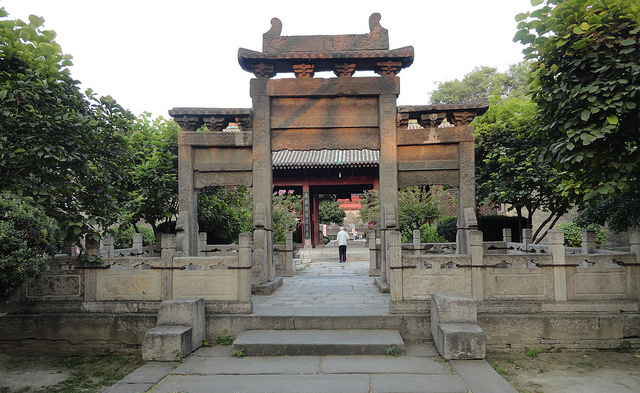
Huashan Mountain
Huashan Mountain is located some 240 kilometers away from Xi'an, approximately a two and half hours drive. It is one of the five sacred mountains in China. Huashan Mountain is well-known for its sheer cliffs and plunging ravines. It is the most dangerous mountain in China for climbers.There are five peaks in the mountain, among which the most famous three are Sunrise Peak( East Peak), Lotus Flower Peak( West Peak), Falling Goose Peak( South Peak).
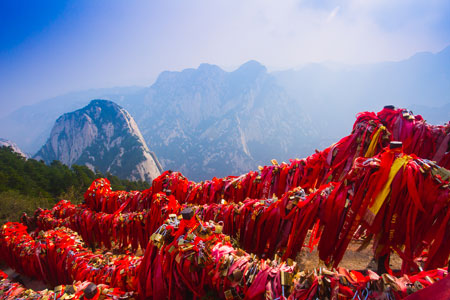
Dumpling Banquet
Chinese dumplings, in Chinese called Jiaozi, with meat and vegetable fillings, is a traditional Chinese food with around 2,000-year history. A Dumpling Banquet serves most tasty and delicate of dumplings with a variety of materials and shapes.

Tang Dynasty Show
The show represents the palace singing and dancing in the Tang Dynasty (618–907),when Xi'an was the capital of China. The Tang Dynasty is regarded as the most progressive and prosperous era in the days of Imperial China and its music and dance symbolize the glory and beauty of Chinese civilization.
